7 Can't-Miss Landscape Photography Tips Every Photographer Should Know
Landscape photography is an art form all its own. From composition to lighting to scale, there’s a lot to focus on when getting a landscape photo just right.
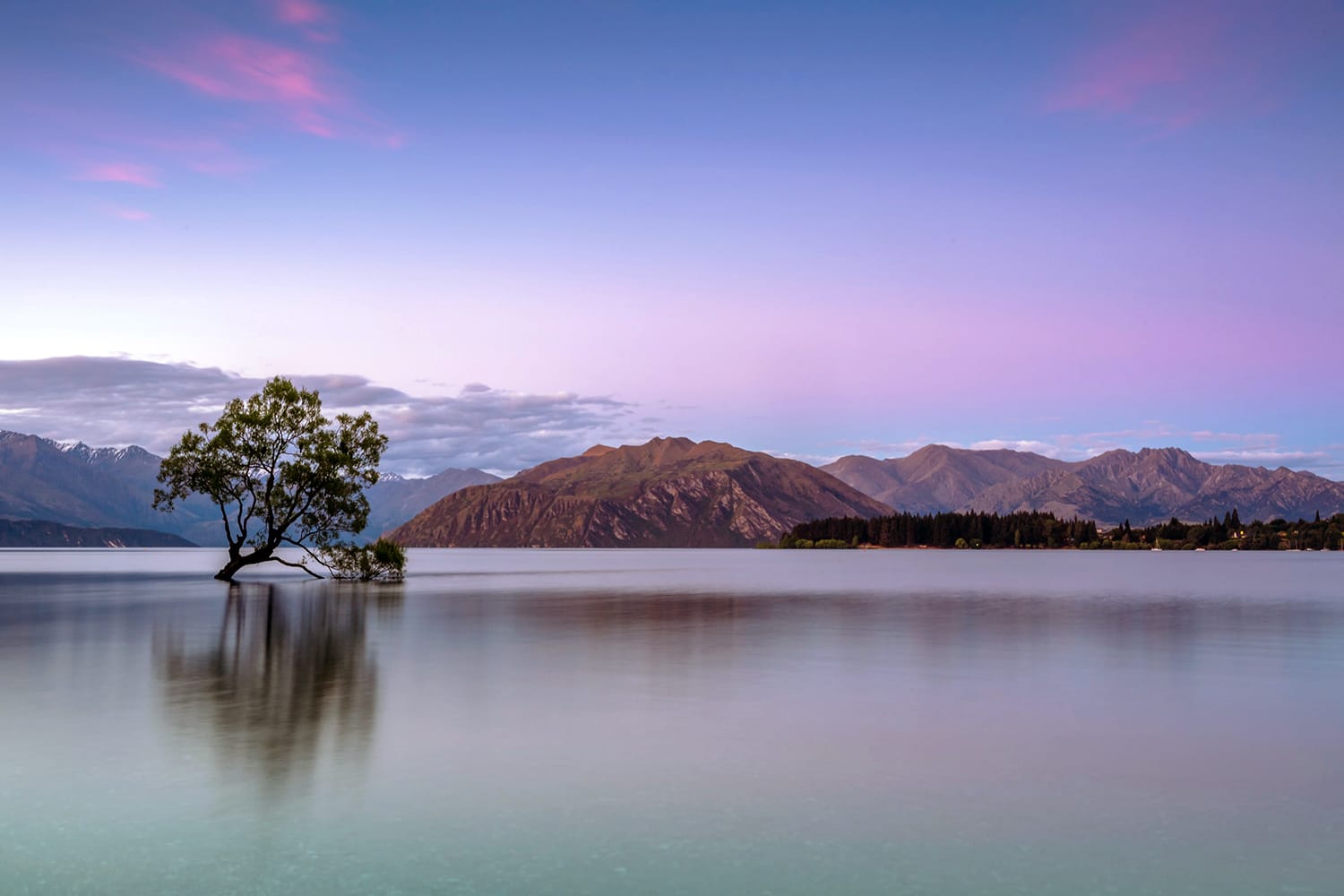
It can take years to hone your landscape photography skills, but lucky for you, there are some tips and tricks to help you on your way.
Here’s are a few landscape photography tips you can’t miss.
1. Shoot in the golden and blue hours
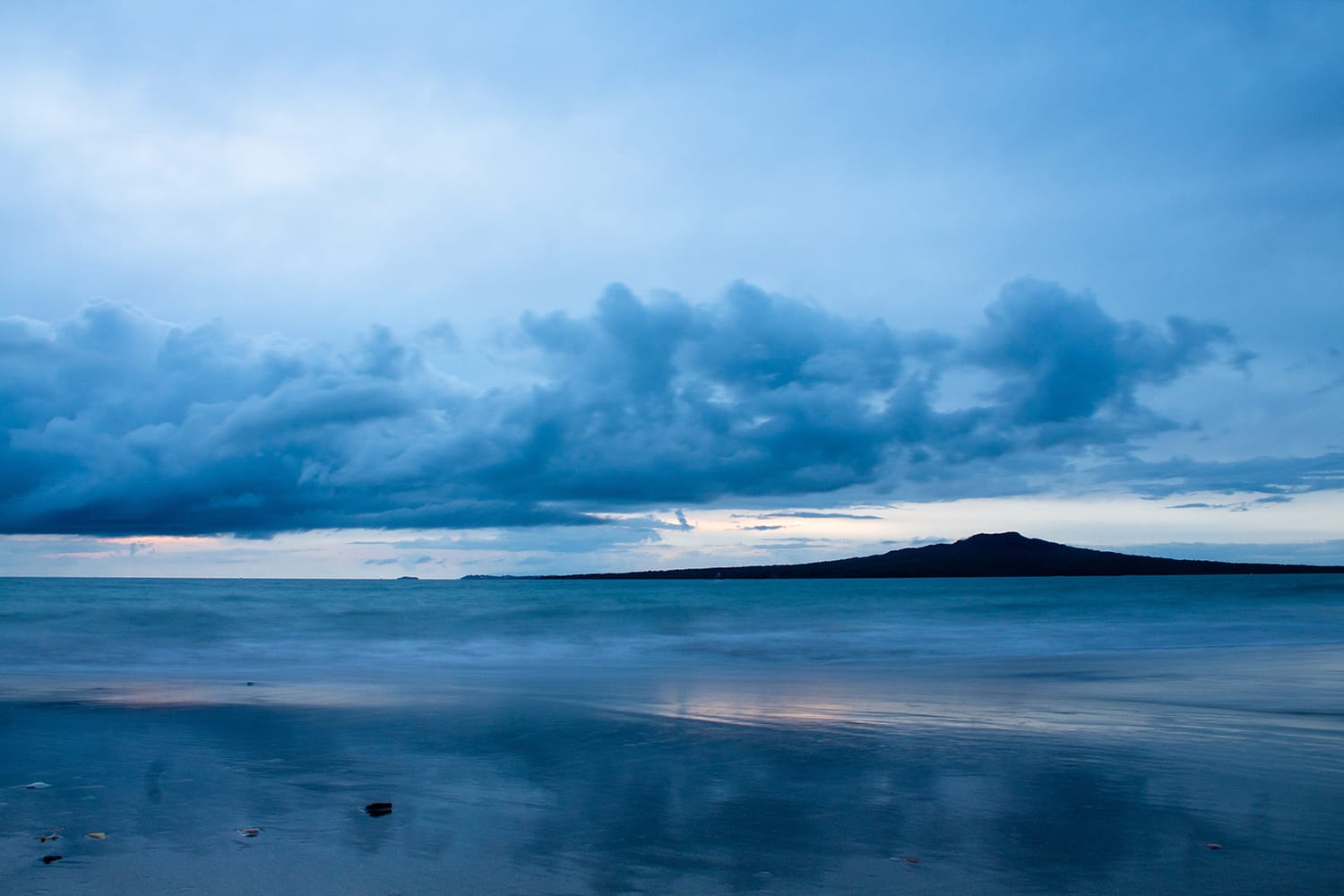
Photography is about one thing: capturing light. Then, it makes sense to shoot your photographs at the time of day when the lighting is optimal.
The blue hour is the period of twilight where the sun is creating just enough ambient light to illuminate a scene. It’s typically when the sun is below the horizon and gets its name from the blue tinge the light takes on when it’s at this point.
The blue hour introduces a beautiful blue hue to landscape photos and can make for some great contrasts of light.
On the other hand, the golden hour is just before and right after the sun rises or sets. It’s widely considered the optimal time to shoot any photography as, with timing and skill, your photos will come out with an awesome, warm glow.
It’s best practice to arrive at your scouted location well before the golden or blue hours start. This will give you enough time to set up and prepare for when the light is at its best.
2. Use a tripod

Better landscape photos don’t get more 101 than this: always use a tripod.
Ensuring you have a clean, sharp image is necessary for landscape photography, and your best chance at achieving this is to lessen the chances of ending up with a high-noise or blurry image.
Your ideal landscape photography settings are generally around f/8-f/11 to achieve a long depth-of-field and ISO 100. To dial this in with the right exposure, you’ll want to adjust your shutter speed as well. In the blue hour, golden hour, and other low-light conditions, you’ll probably need to use super slow shutter speeds. Trying to handhold something that requires this setup would be impossible without introducing camera shake.
When using a tripod, you’re essentially eliminating the chance that the camera may move accidentally. This means you can focus all your attention on the other elements of the shot.
Use the 2-second timer or a remote shutter release to initiate the shot to make things even steadier. This will ensure you don’t bump the camera with your hand as you press the shutter.
3. Pay attention to leading lines
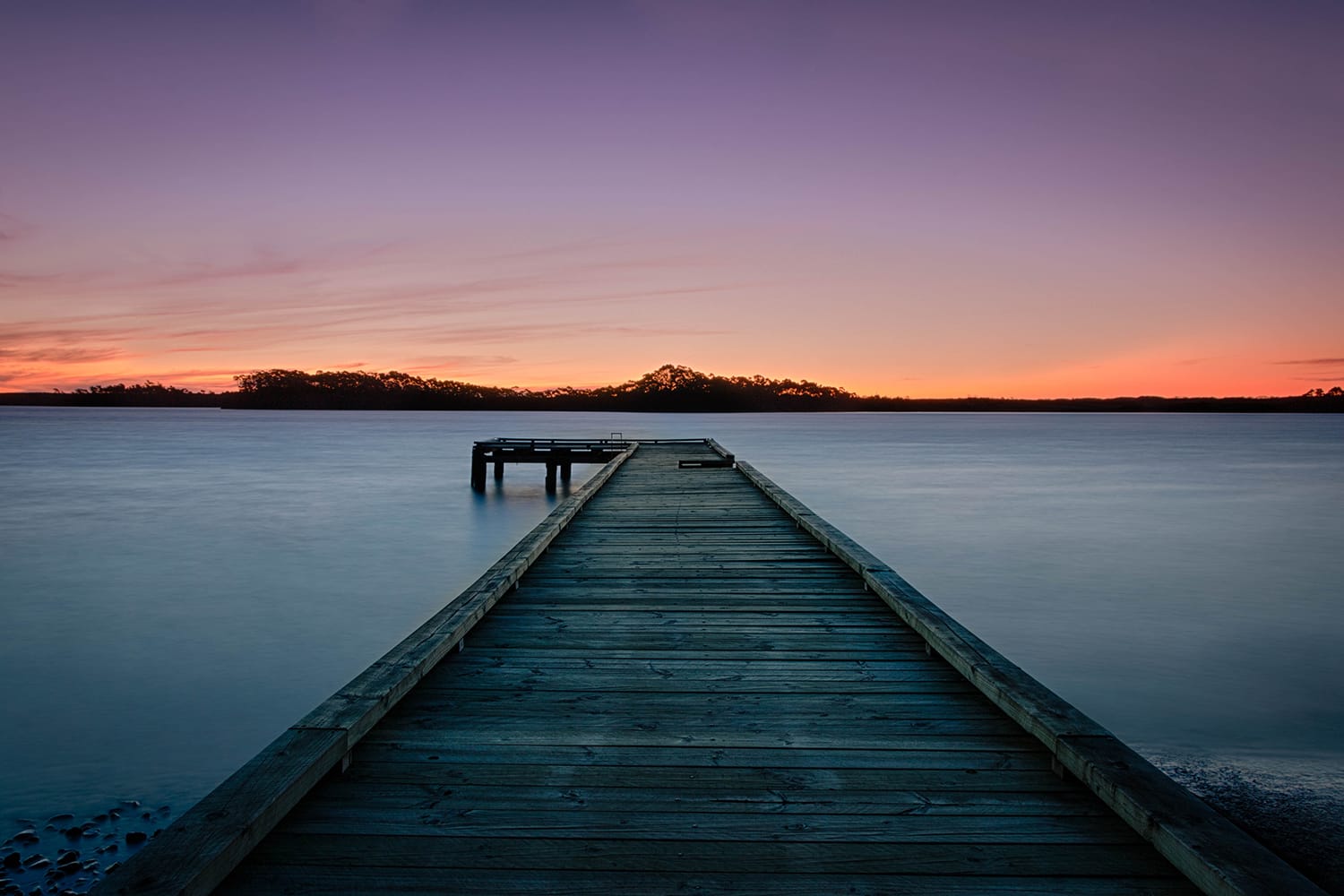
Landscape photography is more than just awesome scenery. Without great composition, framing, and light, even the most stunning landscapes can make for a boring photo.
One of the best ways to wow your audience with a photo is to employ the power of leading lines. Done well, this can add real dynamism and power to your shots.
Leading lines are contours or lines (either straight or curved) that draw the viewer’s eye around a scene. When you look at a well-structured landscape image, your eye should be naturally drawn around the image, eventually resting on your main subject.
As an example, maybe your focal point is a waterfall. Rather than just taking a picture of the water cascading off the cliff, you can shoot a wider shot that includes the river that flows away from the base of the falls as well. The eye will then be naturally drawn to the waterfall by the line of the river.
A leading line doesn’t have to be a river. It can be anything from the ridge of a mountain to shadows to a row of rocks. The trick is to use the natural environment to your advantage and let your imagination run wild.
4. Play to scale

As landscape photographers, we often deal with magnificent scenes. Waterfalls, glaciers, mountains, and beaches all make for epic shots. But, it can be hard to convey the scale of these elements in your finished product – hard, but not impossible!
One of the best tricks to play to scale is to include something in the shot that everyone can relate to in terms of size. This might be a human, an animal, or a car, for example. This will give your audience a reference point by which to judge the rest of the shot.
5. Include reflections
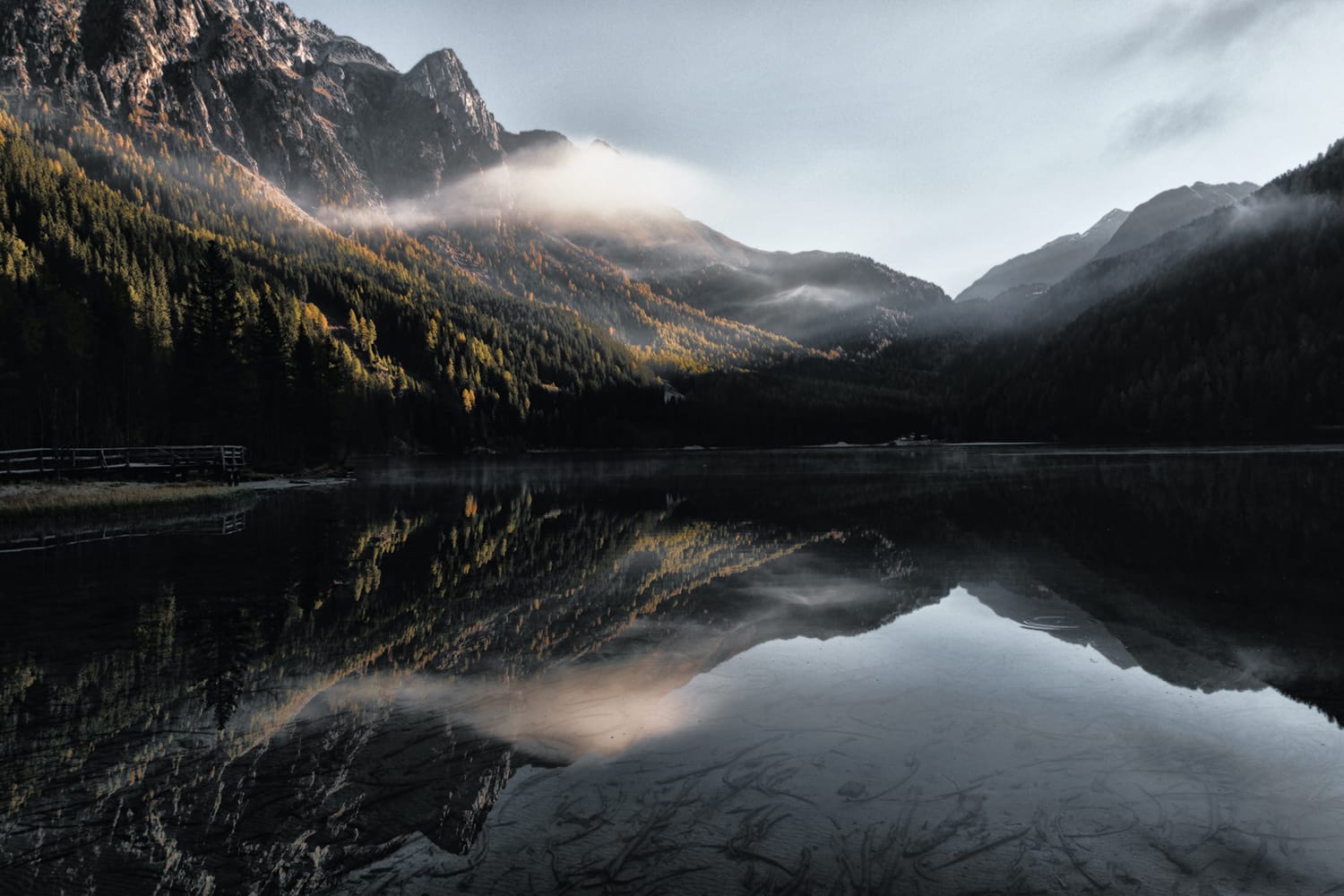
Reflections, used wisely, are an incredibly powerful photography tool. They can take an otherwise average photo and turn it into something stunning.
When you’re setting up your landscape shots, look for reflections. Bodies of water like lakes, rivers, or puddles are great sources of inspiration for these types of images. Remember, some reflections are obvious, but others are less so. Don’t be afraid to get down close to a water source to check the different angles.
Always experiment with composition and reflections. Some shots will work and some won’t, but the more you practice, the better your eye will become.
6. Choose your focus point

Modern cameras do a fairly decent job of autofocusing, but they don’t always have it down pat. Particularly in low-light settings, the camera might hunt for a focus point and end up selecting something totally wrong.
To avoid costly mistakes like this, it’s best to narrow your autofocus point as small as possible and then move it to precisely where you want it. Better yet, opt for completely manual focus.
This process may take a little longer than usual, but it’s worth it for the guarantee of a perfect shot every time.
7. Don’t neglect your composition
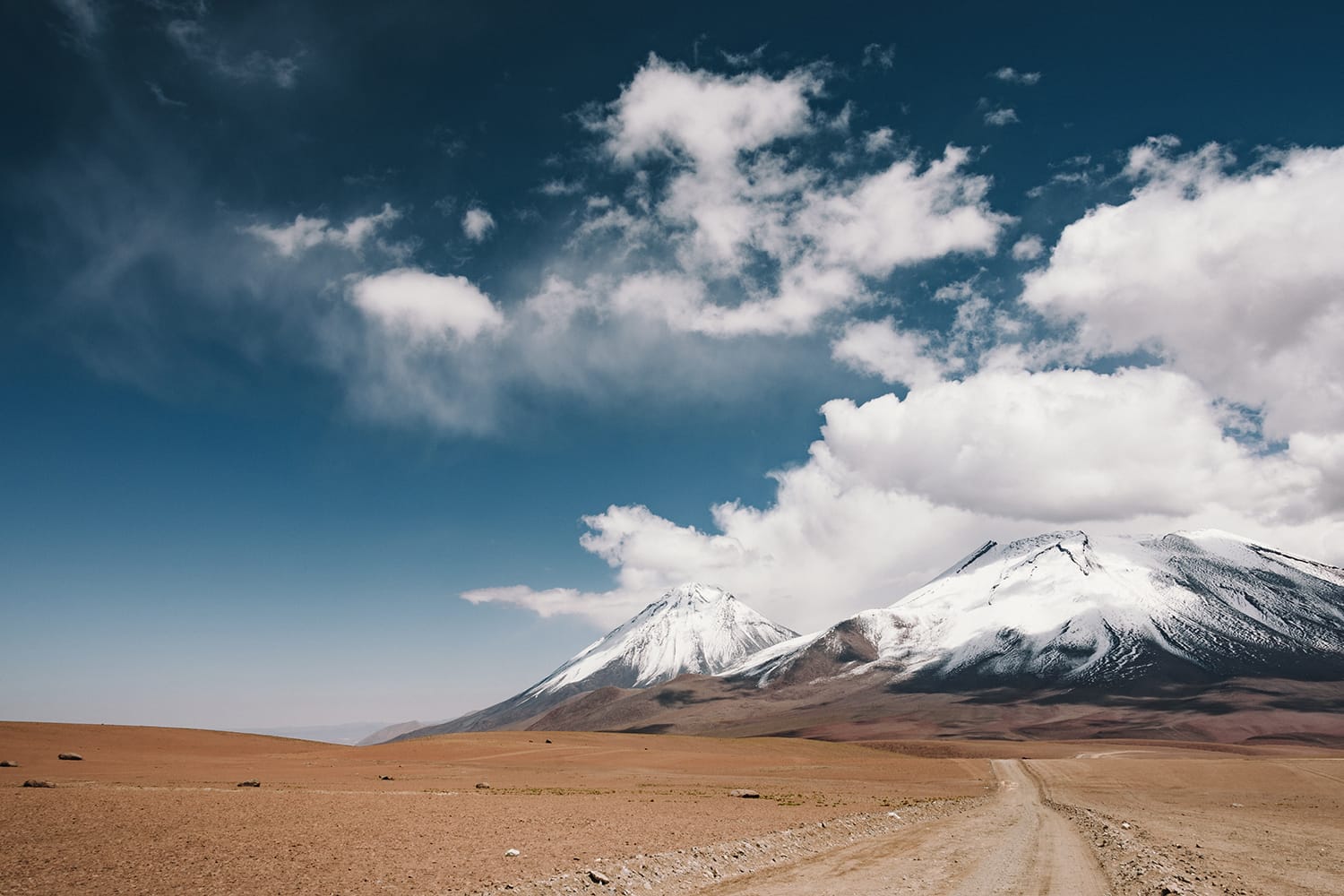
Three main factors make for an incredible landscape image: focus, lighting, and composition. A technical mistake like using a high ISO or the wrong aperture can still result in a killer image. Messing up the big three is more than likely going to result in a trashed photo.
Achieving a great composition is one of the most essential and the most difficult parts of photographing landscapes. When setting up your shot, you have to train yourself to see how everything works together:
- Keep an eye out for leading lines.
- Scan the edge of the frame to ensure you’re not cutting off any essential parts of the landscape.
- Ensure that anything pushed to the edge has enough space around it not to look or feel cramped in the final picture.
- Check the horizon is level and straight.
- Make sure any subjects of interest stand out distinct from their surroundings.
- Use the “Rule of Thirds” to break your frame up into nine parts and place your subject onto one of the lines or intersections.
There’s a lot to take in when it comes to creating a good composition. Lucky for us as landscape photographers, we often have enough time to think it through properly before taking a shot. Make good use of this time, and your final picture will be well worth the effort.
Create beautiful landscape images
Landscape photography isn’t easy, but it’s incredibly rewarding. There’s just nothing like setting up the perfect shot and having the final product come out exactly as planned.
It can take a lot of practice to nail your landscape photography skills, but you don’t have to do it alone. With these tips and tricks, you’ll be well on your way to honing your photography skills enough to take killer landscape shots.
